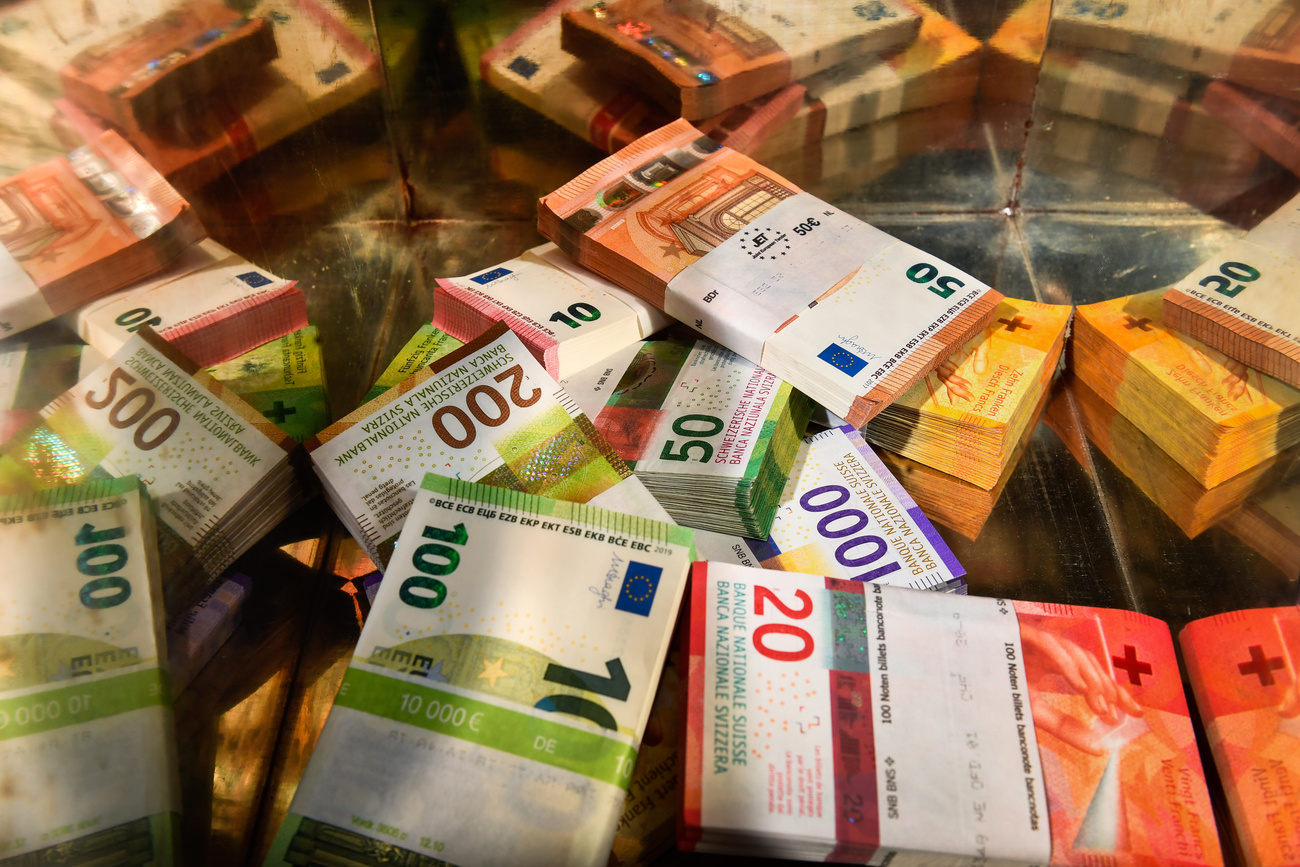The changing face of Lucerne
The renovation of the Bourbaki panorama is just one of a series of events in Lucerne in recent years which helped put the city on more than the tourist map. Lucerne is undergoing a cultural transformation.
The renovation of the Bourbaki panorama is just one of a series of events in Lucerne in recent years which helped put the city on more than the tourist map. Lucerne is undergoing a cultural transformation.
Some things in Lucerne haven’t changed much for centuries and probably never will. The old town, its cobbled streets and historic buildings, spectacular mountain scenery and the beauty of the lake, have contributed to making the city a must on the itinerary of visitors from abroad.
But over the past few years a new jewel has been taking shape in its crown – a culture and congress centre designed by the leading French architect Jean Nouvel.
One of its most outstanding features is its roof. It is flat, the size of two soccer fields, with a huge cantilever jutting out. Beneath the cantilever, water channels penetrate deep into the structure, which is build just metres from the shores of Lake Lucerne.
Inside, its heart is no less dramatic – a white-walled concert hall encircled by four balconies and with nearly 2,000 seats under a high ceiling of midnight blue. This auditorium, with acoustics to match its striking appearance, was opened for the city’s international music festival in 1998.
The centre will be formally inaugurated at the end of March although work will not be completed until June, when an international exhibition of contemporary art marks the opening of new premises for Lucerne’s art museum.
The project has been described by Lucerne’s mayor, Urs Studer, as one of the city’s biggest since the construction of its fortifications in the 14th century. Studer says the has been a change of attitude among the people of the city too.
“The people of Lucerne used to think it was enough to be a small but very famous tourist destination. I’m very glad about the situation we have here now,” he said.
“Nowadays, I’m convinced that you have to be not just open but also ready for cultural and other innovations,” Studer added.
Only a decade or so ago, this city of about 60,000 inhabitants was dismissed by many Swiss as being narrow-minded and provincial. But now it has proved it can think big. With the official opening of the new centre and after the investment of millions of francs in such hotels as the Schweizerhof, it’s being said that no Swiss city is better equipped to greet the third millennium than Lucerne.
By Richard Dawson

In compliance with the JTI standards
More: SWI swissinfo.ch certified by the Journalism Trust Initiative








You can find an overview of ongoing debates with our journalists here . Please join us!
If you want to start a conversation about a topic raised in this article or want to report factual errors, email us at english@swissinfo.ch.